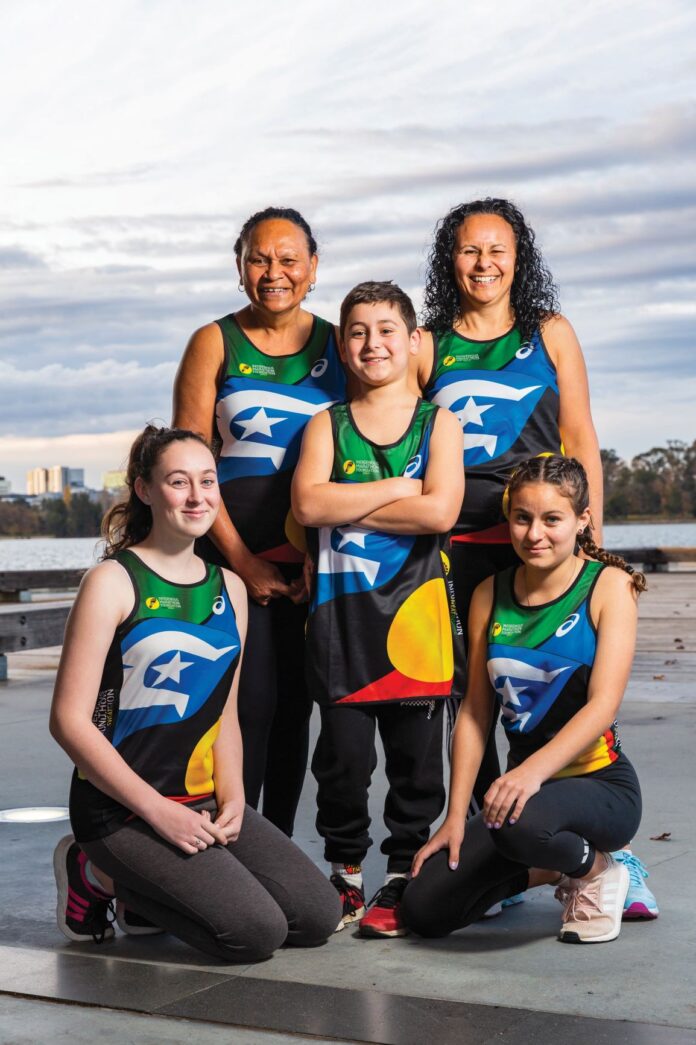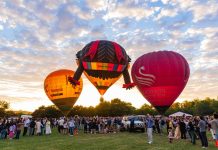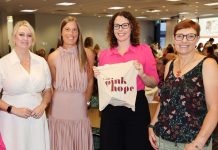A celebration of connection and culture, this year’s National Deadly Fun Run Championships (NDFRC) at Uluru brought together 150 Indigenous runners from 22 Indigenous communities across Australia,including a team from both Queanbeyan and Canberra.
To qualify to send a team to the NDFRC, communities must hold at least four Deadly Fun Runs throughout the year, with the final four runners selected based on commitment, effort, school attendance and improvement. Running is only a small factor in selection.
As part of the event, teams are also invited into the local community of Mutitjulu for a 12km relay around the base of Uluru.
Now in its eighth year, the NDFRC started as a way to encourage local Deadly Fun Runs and Deadly Running groups in communities, and to provide opportunities for Indigenous Marathon Project (IMP) graduates to support their friends and family to get active.
Both Deadly Running Australia and IMP are initiatives under world marathon champion Robert de Castella’s Indigenous Marathon Foundation (IMF).
Deadly Running developed from the Queanbeyan Deadly Runners, which was founded by Georgia Gleeson.
Ms Gleeson was part of the IMP squad in 2013, who said that “when I returned back home, I wanted to do something for my community, my mob”.
She acknowledged that for many in the community the cost of a personal trainer or running coach would be prohibitive to action so chose to offer her services for free.
The goal was to teach those who couldn’t run, or hadn’t exercised before, to run 5km over the course of eight weeks.
“After the first group finished they were eager to carry on and do 10km, while there were others who wanted to start,” Ms Gleeson said. “It just grew within the community.”
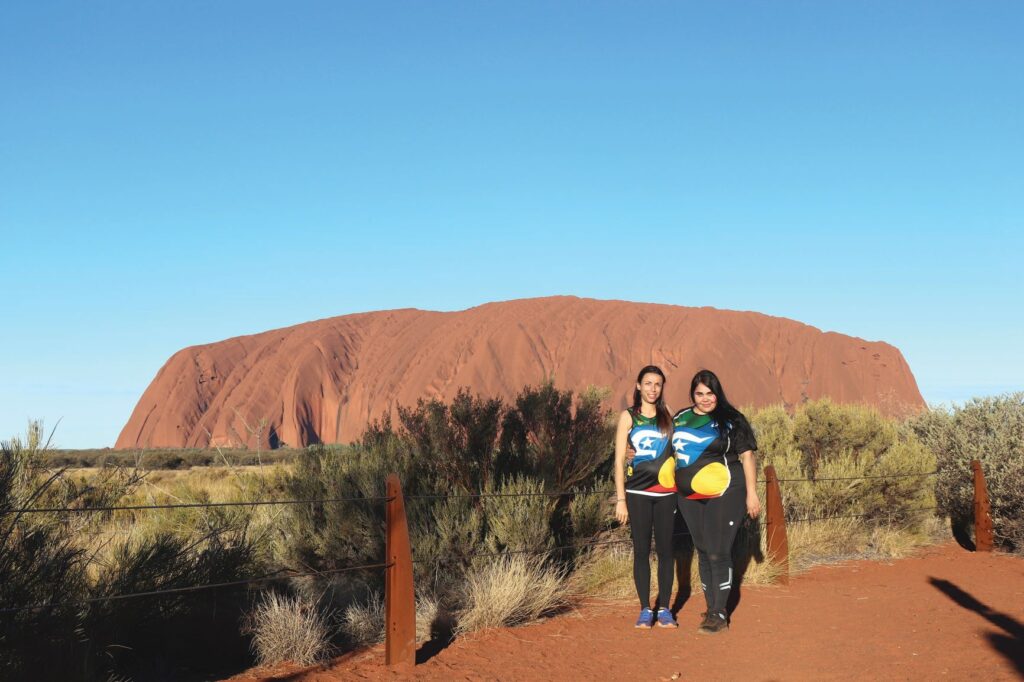
While the running group started towards the end of 2013, it wasn’t till 2014 that it became Deadly Runners, with Annette Christou coming up with the name.
Mrs Christou joined the group in early 2014. An exerciser all her life, she had pulled out of the gym due to costs and was encouraged by someone she knew to give the running group a try. “I turned up and have never looked back,” she said.
At 64 years of age, Mrs Christou is also an inspiration to other runners and said she is “addicted” to the sport.
“I’m even fitter now, healthier … I’m happier with myself and I love running.”
Mrs Christou runs with the group three times a week – “We get up and run in the frost, the rain, we run if it snows or if it is windy” – and said her initial reason for joining was to keep fit and healthy.
It has also become a family affair with Mrs Christou’s daughter Lisa Fensom and grandchildren Tamia, Ashlee and Tye all participating with Queanbeyan Deadly Runners.
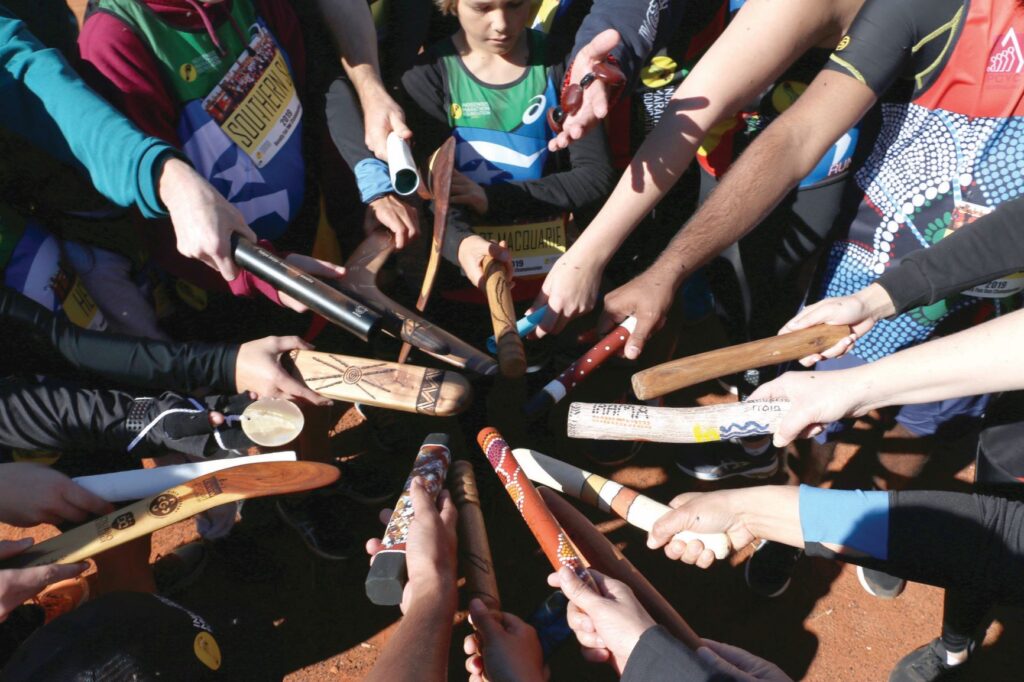
While Queanbeyan was the original location of Deadly Runners, the concept proved popular with other IMP graduates, who approached Ms Gleeson about setting up similar programs in their own communities.
The second Deadly Runners group was started by IMP graduate Elsie Seriat in Thursday Island. Now there are over 35 Deadly Running groups across Australia and over 3,000 participants across both Deadly Running groups and Deadly Fun Runs.
“It’s quite surreal,” Ms Gleeson said. “Why I started it was because I wanted people to experience running … I never thought it would grow as big as it has.”
Currently based on the NSW North Coast, Ms Gleeson is proud of where Deadly Runners is today and said it is a “testament to the program” which was designed to be self-sustainable, upskill participants and create leaders within the community.
“I knew it had potential to be big. Planning the program and establishing the program was very deliberate … to see it do what it’s done, it’s a movement really.”
More stories:

